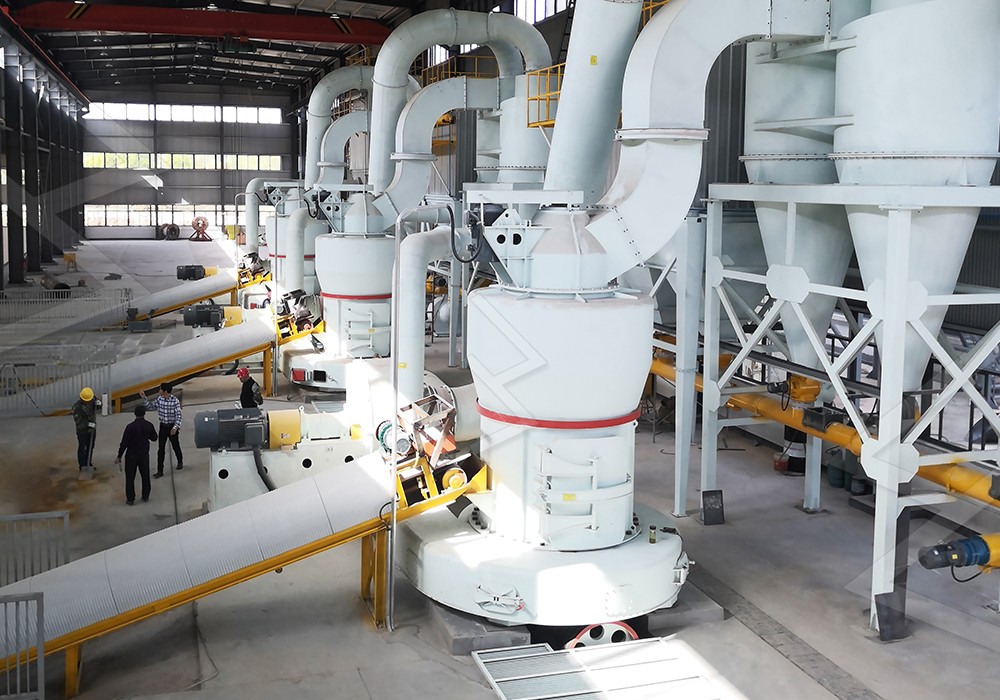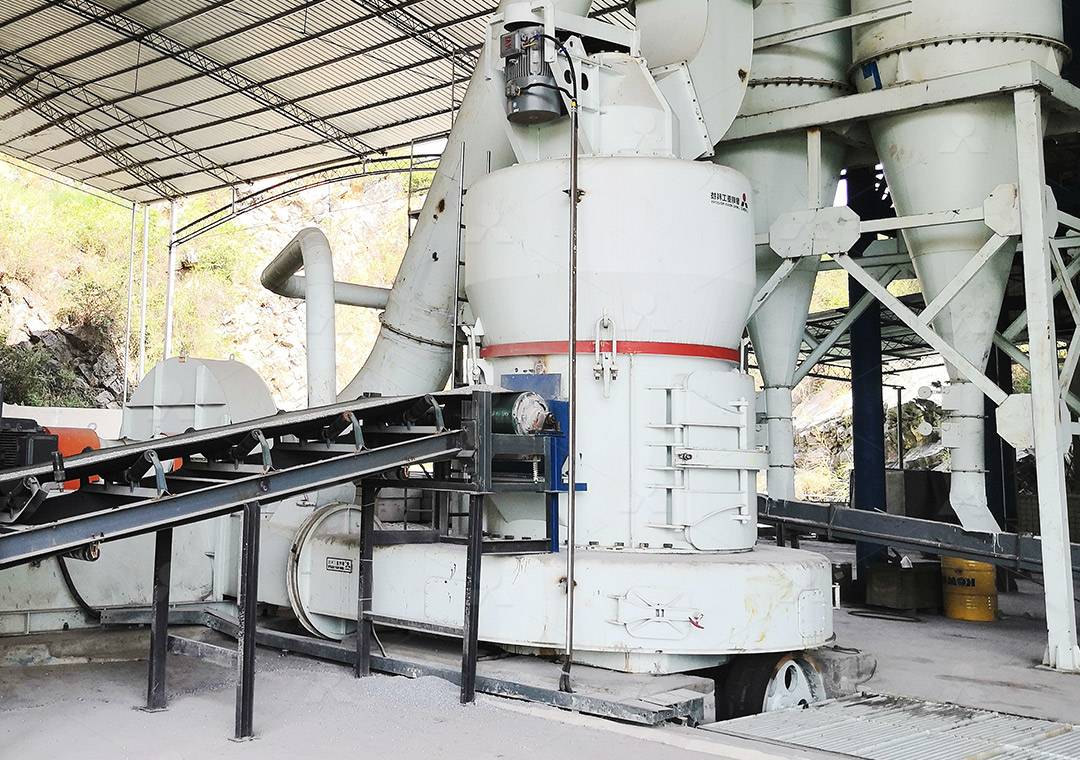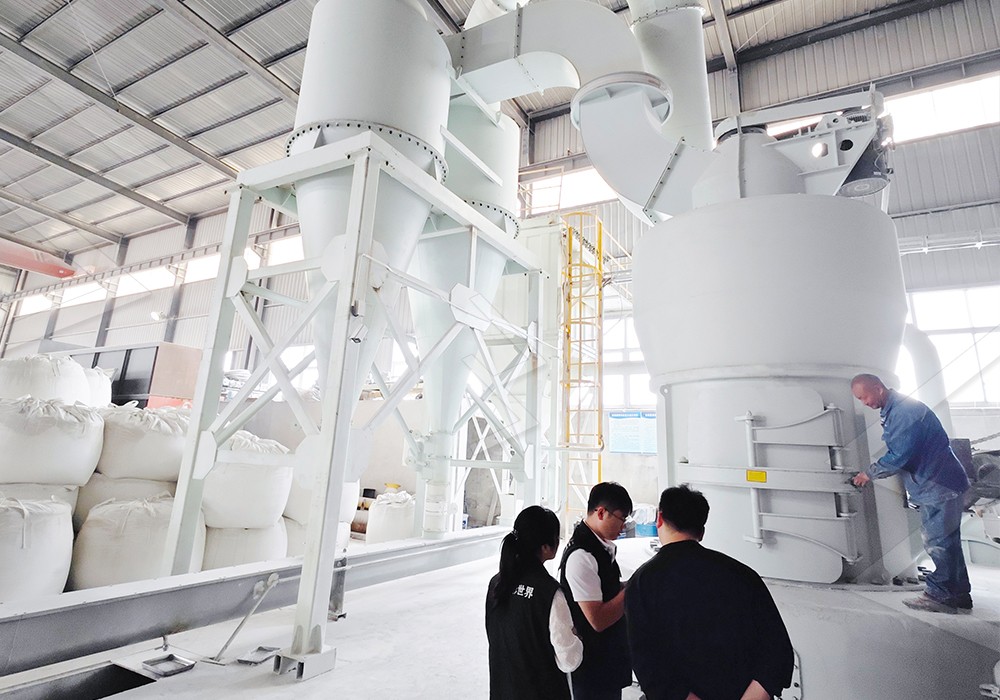3R Raymond Mill for 150 Mesh Powder Production
Unlocking Consistent 150 Mesh Powder Production with 3R Raymond Mill Technology
In mineral processing and powder production industries, achieving consistent 150 mesh powder represents a crucial benchmark for numerous applications. The 3R Raymond Mill has established itself as a workhorse solution for this specific fineness range, offering reliable performance for medium-scale production requirements.

Technical Specifications and Capabilities
The 3R Raymond Mill configuration typically handles input materials up to 25mm in size with production capacities ranging from 0.6 to 5 tons per hour. This makes it particularly suitable for small to medium-sized operations requiring consistent 150 mesh output. The mill’s design incorporates three grinding rollers that apply centrifugal force against the grinding ring, creating the necessary mechanical action to reduce materials to the target fineness.
One of the standout features of the 3R Raymond Mill is its compact footprint and relatively low investment cost compared to larger grinding systems. The entire grinding process—from crushing to separation—occurs within an integrated system that minimizes space requirements while maximizing efficiency.
Applications and Material Compatibility
The 3R Raymond Mill excels with non-metallic minerals including limestone, calcite, dolomite, barite, talc, and gypsum. These materials, when ground to 150 mesh, find applications in construction materials, chemical additives, fillers, and industrial raw materials. The consistent particle size distribution achieved at 150 mesh ensures optimal performance in downstream processes and final products.

Beyond Traditional Raymond Mills: Advanced Alternatives
While the 3R Raymond Mill serves 150 mesh production effectively, operations requiring higher fineness or dealing with more challenging materials should consider advanced alternatives. For customers needing to produce ultra-fine powders beyond the capability of standard Raymond mills, our MW Ultrafine Grinding Mill represents a significant technological advancement.
The MW Ultrafine Grinding Mill processes materials with input sizes up to 20mm and offers capacities from 0.5 to 25 tph. What distinguishes this system is its ability to produce powders ranging from 325 to 2500 meshes—far exceeding the capabilities of traditional Raymond mills. The innovative design eliminates rolling bearings and screws in the grinding chamber, addressing common failure points in conventional grinding systems.
For operations seeking vertical grinding solutions, the LUM Ultrafine Vertical Grinding Mill integrates the latest grinding roller technology with German powder separation expertise. With an input size of 0-10mm and capacity of 5-18 tph, this system offers exceptional energy efficiency—reducing consumption by 30-50% compared to conventional mills while maintaining precise control over final product fineness.
Operational Advantages and Maintenance Considerations
The 3R Raymond Mill’s straightforward design translates to easier operation and maintenance. The grinding rollers and rings, crafted from wear-resistant materials, provide extended service life with proper operation. Regular maintenance focuses on these wear parts, with most other components requiring minimal attention under normal operating conditions.
Environmental considerations are addressed through integrated dust collection systems that minimize particulate emissions. The negative pressure operation prevents dust escape, while noise reduction measures maintain workplace comfort. These features make the 3R Raymond Mill suitable for installation in various settings without significant environmental impact.

Frequently Asked Questions
What is the typical energy consumption of a 3R Raymond Mill for 150 mesh production?
Energy consumption varies by material hardness and moisture content, but typically ranges between 25-40 kWh per ton for 150 mesh production on medium-hardness materials like limestone or calcite.
Can the 3R Raymond Mill handle moist materials?
While the standard configuration works best with materials containing less than 6% moisture, systems can be equipped with auxiliary drying equipment for higher moisture content, though this may affect production capacity.
How does the MW Ultrafine Grinding Mill compare for finer powder requirements?
The MW Mill represents a significant advancement, offering adjustable fineness between 325-2500 meshes with energy consumption approximately 30% of jet mills. Its cage-type powder selector ensures precise separation for superior product quality.
What maintenance intervals are typical for the grinding components?
Grinding roller and ring service life typically ranges from 800-1,200 operating hours depending on material abrasiveness. Regular inspection every 200-300 hours is recommended to monitor wear and plan replacements proactively.
Is the 3R Raymond Mill suitable for explosive materials?
Standard configurations are not explosion-proof. For materials with explosion potential, specialized spark detection and suppression systems must be integrated, along with appropriate construction modifications.
